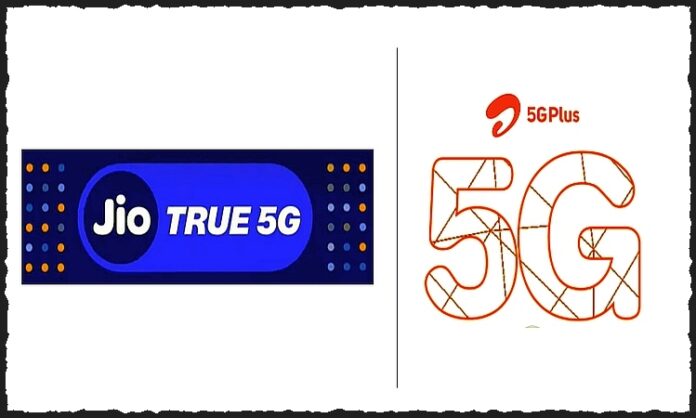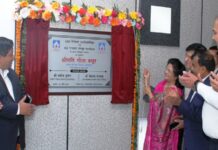New Delhi: Our Prime Minister Narendra Modi launched 5G services in India on October 1, 2022, from India Mobile Congress 2022 (IMC 2022) held in Delhi. Subsequently Airtel and Jio have announced availability of 5G services in metros and few more cities. The availability of 5G devices in the market has increased now. Many existing 5G devices in the market have been upgraded by manufacturers like Apple, Samsung, etc. to support 5G on Airtel and Jio Network.
The questions which comes to our mind are ‘what are the differences in the 5G network being rolled out by Airtel and Jio’? Why has Jio branded its 5G services as True 5G and Airtel as 5G Plus!
Jio has claimed that it has launched 5G stand alone (5G SA) network. Although Airtel has not revealed, it is understood that, it has launched 5G non stand alone (5G NSA) network. So, what are the differences between 5G SA and NSA? Which one is better! In order to understand it, we need to look at various versions of 5G standards and its availability in the market.
Also Read: India’s own 5G technology – 5Gi
5G network being deployed worldwide is being standardized by 3rd generation partnership project (3GPP). 3GPP has been standardizing 5G from their Release 15 onwards and evolving it to better and more features in subsequent releases. Below infographic will give a better understanding.
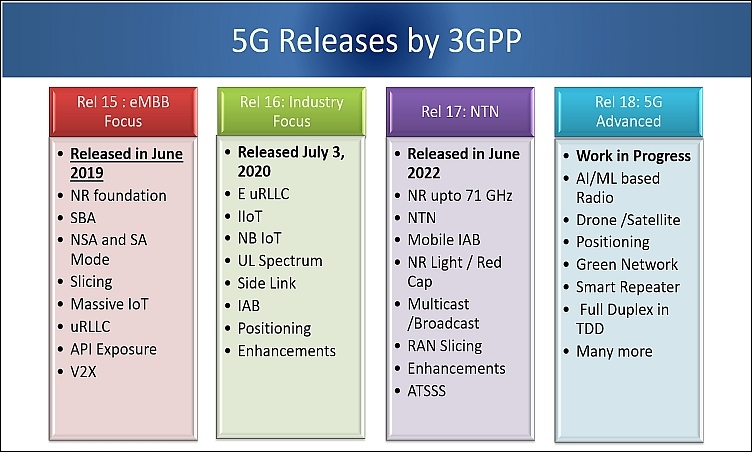
As you can see, so far three releases of 5G standard have been released by 3GPP. After a release is finalized by 3GPP with certain set of capabilities and features, it takes about one to two years to make commercial grade 5G equipment of that version. Initially Release 15 version of 5G equipment was available and now Release 16 version of 5G equipment has become available. As Release 17 has come in June 22, the commercial equipment compliant to this version may become available by end of year 2023 and beyond.
Non Stand Alone 5G
Let us first understand and have a look at 4G network. 4G network consists of 4G RAN-Radio Access Network (Towers we see and equipment installed there) and 4G Core (Equipment deployed at central location). 4G Core equipment is then connected to packet data network such as internet and other services. 4G RAN is connected to 4G Core on optical fiber lines.
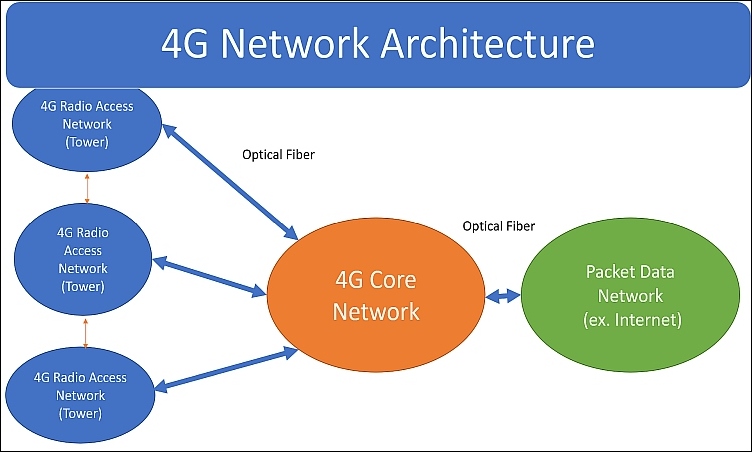
In the initial release of 5G (Release 15), the focus was to launch 5G quickly with minimum set of basic feature. In order to expedite the standard, release 15 (First 5G release) had a provision that 5G tower (radio access network) can be connected to 4G Core network itself and 5G service launched with a minimum set of basic features. This kind of setup is known as Non Stand Alone 5G and 5G RAN is not standalone but connected to existing 4G Core network.
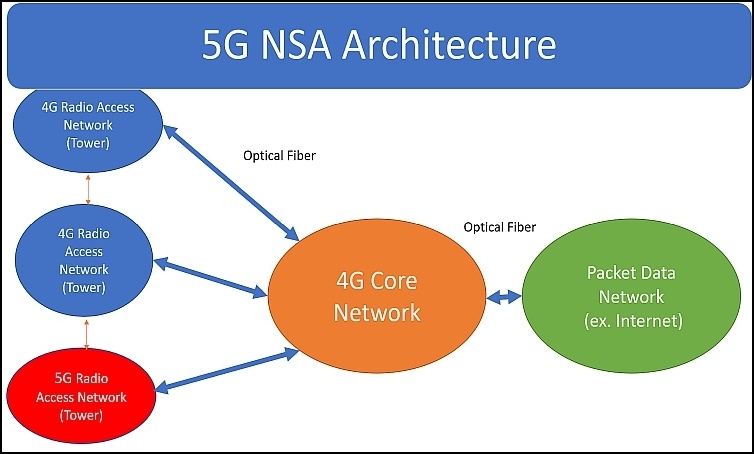
Worldwide operators have launched 5G using NSA architecture of 5G initially based on 3GPP release 15 version of 5G. Now they are migrating their network to 5G standalone architecture. This architecture is also called option 3 deployment of 5G. We will talk about various options later in this article.
Also Read: 5G capabilities and its use cases for India
Stand Alone 5G
The stand alone 5G is different from 5G non stand alone architecture as it has its own core network and is not dependent on the 4G core. That means it will have its own RAN as well as Core network.
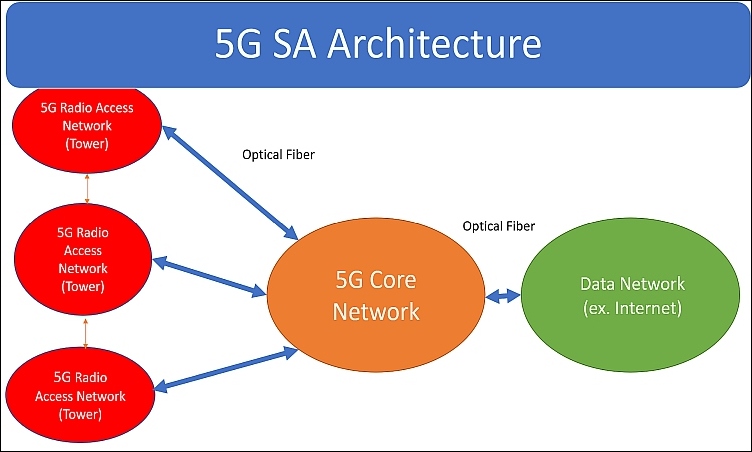
Usage Scenarios of 5G and its relation with Support SA and NSA architecture
There are three usage scenarios defined by International Telecommunication Union (ITU) for 5G as depicted below.
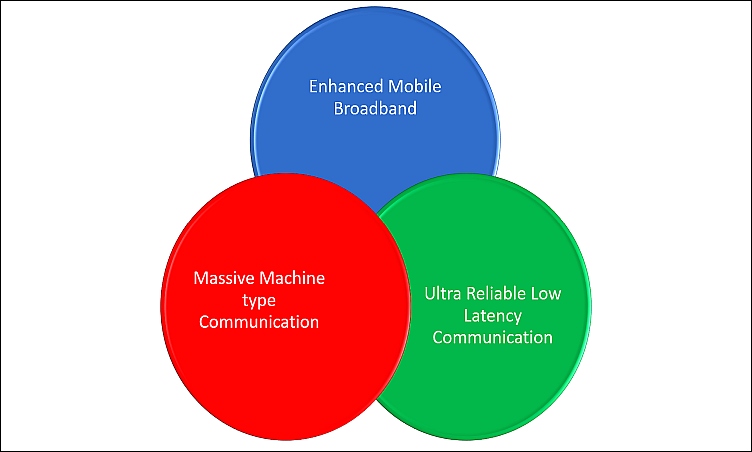
The NSA mode of deployment can only support enhanced mobile broadband usage scenarios type services whereas SA mode of 5G can support all the three scenarios as depicted in above picture. That means Jio has a better network compared to Airtel as of now. As both still have very little coverage of 5G, it is not going to have any visible difference. By the time they are able to have Pan India coverage of 5G, Airtel will also migrate to 5G core network. So you may not notice any difference in 5G experience in both networks.
Deployment Options of 5G
3GPP study paper has discussed many deployment options of 5G and its migration ultimately to 5G SA architecture. These options are shown below:
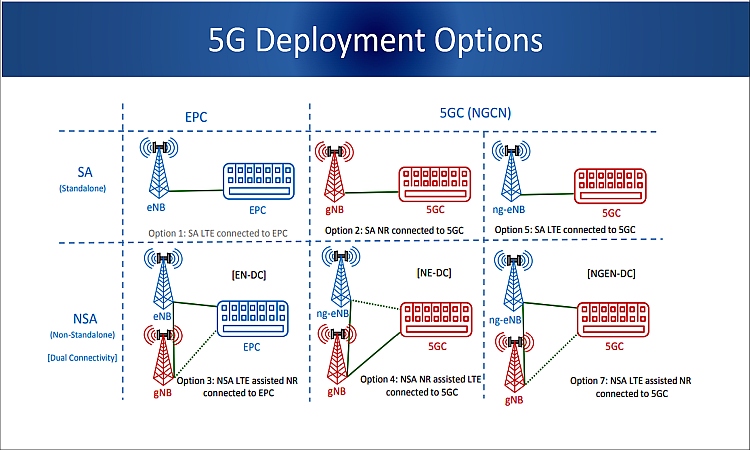
In above pure 5G network (5G SA) is option 2, which Jio has launched. That is also why they are branding it as True 5G.
Also Read: 5G services available at major locations in Delhi-NCR, claims Jio
Airtel has launched option 3, which is 5G NSA. Airtel has followed natural migration path to 5G as operators worldwide have done it. Ultimately Airtel will also migrate to option 2 ie. 5G SA network in a time frame of about one year or so.
Also Read: Bharti Airtel launches 5G mobile service in eight leading cities
One important thing to note that 4G and 5G will co- exist for very long time in similar way 2G, 3G and 4G networks are co existing today.

